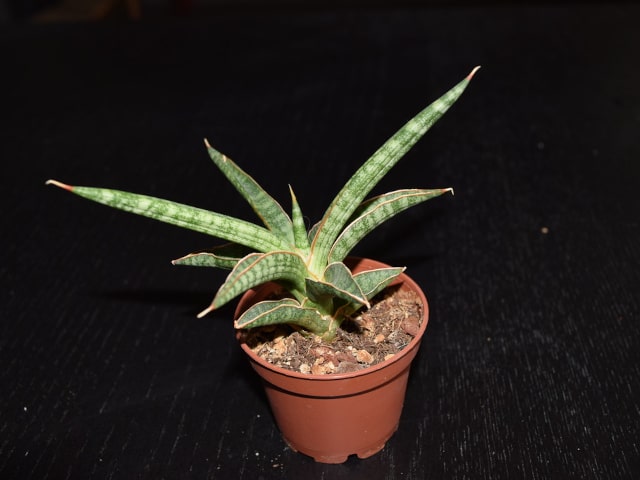
Snake plant, also known as Mother-in-Law's Tongue, is a fantastic houseplant you can grow without much problem. It requires minimum care and can thrive in various growing conditions, light intensities as soils. While it prefers dry air and soil it doesn't have many other requirements you need to fulfill to make it strong and healthy.
Basic Snake Plant Facts
Snake plant (botanical name Sansevieria trifasciata) is one of the most popular houseplants. This is a succulent that is often kept for its gorgeous leaves. The plant is famous for its upright leaves that look gorgeous throughout the year. The leaves are generally green, though some snake plant varieties have leaves with yellow or white edges.
This plant originates from South Africa. It typically grows around 2 feet in height (around 60 cm), though there are mini varieties that grow only a few inches in height.
It is important to know that this plant rarely blooms indoors, so this is not something you should expect. That being said, certain varieties develop small white flowers at the base of the plant. This usually occurs when the plant is a few years old. This doesn't occur every year and it's hard to predict when your snake plant might bloom.
This is a great plant for beginner gardeners because it is low-maintenance. Snake plant is slow growing and can live many years in your home if you give her a good care.
How to Water Your Snake Plant?
Snake plant is very easy to grow and there are not many issues you may encounter. The only exception here is watering. Improper watering regime is the most common source of problems for Sansevieria owners.
You need to be careful when watering your snake plant. It is vital to water only the soil but not the leaves. You should not spill any water on the leaves because it might cause them to rot. This is a problem for many houseplants but it is particularly crucial to remember for snake plant because it has plenty of leaves.
Another thing to keep in mind is watering regime. You should provide your snake plant with enough water but you should never over-water it. Over-watering can make the leaves turn yellow and soft and mushy at the base. This is a common sign of over-watering. If you notice this happening it is important to cut on the watering to prevent further problems for your plant.
To make sure that you are watering properly, always make sure that the top inch of the soil is dry before you water your plant again. This is the main rule to follow during the growing season. Watering should change in winter. During winter, you should water your plant only to prevent the soil from completely drying out. Always make sure not to over-water your plant because it may cause its roots to rot.
Additional Snake Plant Care Tips
Here are some additional tips on how to care for your snake plant:
- It grows best in bright light to full sun. However, it can grow in basically any light. Even low light will not harm it.
- The best soil for Sansevieria is cactus potting mix or soilless potting mix.
- Watering is crucial for the well-being of your snake plant. You need to keep the soil lightly moist (not damp!) during the growing season. In winter, water less, only to prevent the soil from drying out. Always make sure not to water the leaves, particularly their centers.
- Snake plant does well in average room humidity. It tolerates dry air but you need to keep your plant away from drafts and air vents.
- Ideal temperature for a snake plant is the average room temperature, between 60 and 75 degrees F (16 to 24 degrees Celsius). This plant does tolerate fluctuating temperatures. However, it will not tolerate extreme cold temperatures, so make sure to never leave your plant in an extremely cold room.
- To make your snake plant thrive, make sure to provide it with monthly dose of fertilizer. You need to fertilize once per month during the growing season (spring through fall). Use fertilizers made for succulents.
- You should repot your Sansevieria snake plant in spring, but only if your plant seems crowded and if it needs dividing. It might not happen every year. When repotting, it is important to keep the rosette of the leaves at the soil level. To prevent toppling, make sure to use a wide and heavy container. Remember, snake plants can get very top-heavy so you need a strong container to support it.
- Sansevieria snake plant can be propagated with leaf cuttings or division. This plant is easy to divide because it has very shallow roots. To divide, simply turn the pot on the side and take the whole plant out. Using a sharp knife, cut through the thick roots and plant each clump in a separate pot. If you want to propagate with leaf cuttings, simply cut leaves into 2 inch (5 cm) pieces and put them in moist perlite or cactus potting mix to grow. When placing them in the growing medium, make sure to bury the cuttings on the right side up (the way they were growing).
Photo credit: stephen boisvert
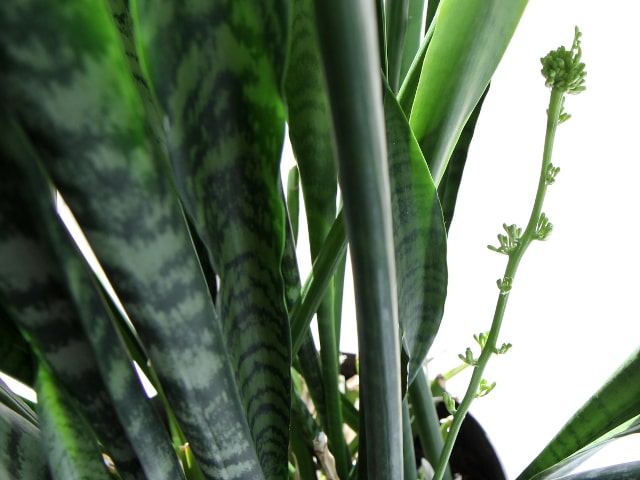
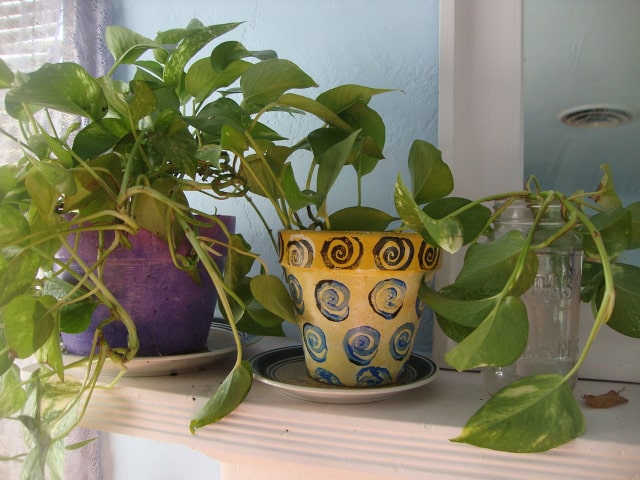
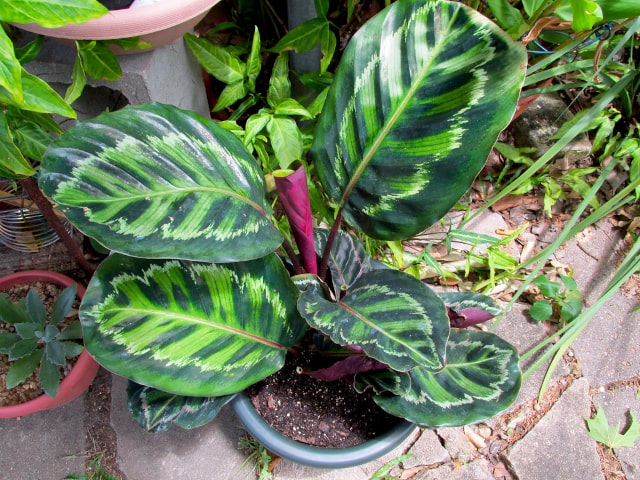
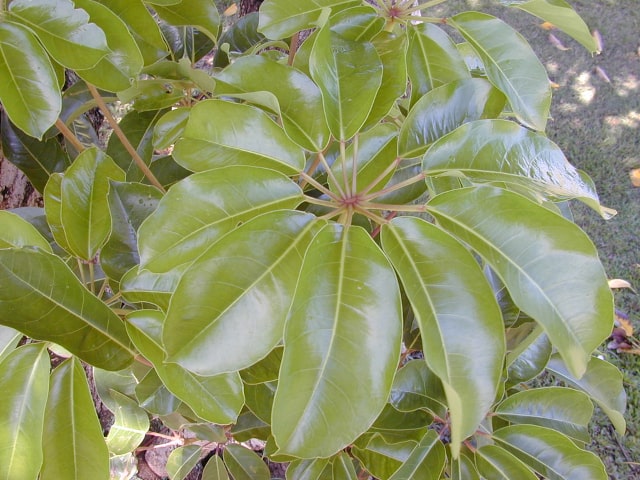
13 Comments
I have a few snake plants in different arrangements. Is there a way to revive the leaves that have curled and fallen over? They don't look like they're unhealthy but won't stand up anymore.
Thank you.
I have a lovely new snake plant. I have read NOWHERE how much water to use when watering my average-sized snake plant. I understand that about once a month is OK, but there is not a place on the web that tells me how much water to use. Do you know?
My snake plant is outdoors on my deck, northern exposure. It is blossoming profusely this summer. Very pretty delicate blossoms.
How much water do you use for snake plant and also vera plant?
Thank you for this. It is one of the best I've read about how to water the Sansevieria and I wishes I had read this before starting out with my first Sansevieria.
Can I water my Sansevierias from a bottom plate, or will this water not reach the plant's short roots? I am considering this because I lost quite a few leaves due to accidentally watering their centers.
Thanks in advance, Peter
How much water does a Snake Plant need?
I have a lovely snake plant (bird's nest) and I've transplanted it
from the container it came in from the store (4 inches) to a 6 inch container.
It is an indoor plant and looks lovely. I was told to water it every 2 weeks and
that is what I've been doing. When it was in the 4 inch pot the store told me
to put 1 cup water every two weeks. When I moved it to the 6 inch pot I now
put in 1 1/2 cup water. I notice just a tiny bit of water coming out the bottom
when I put that extra 1/2 cup in. Am I giving it too much water?
It's only a tiny bit that comes out as I mentioned.
Could you please advise if I'm ok or should I cut back the water?
Again I water every two week.
Thanks, Gayle